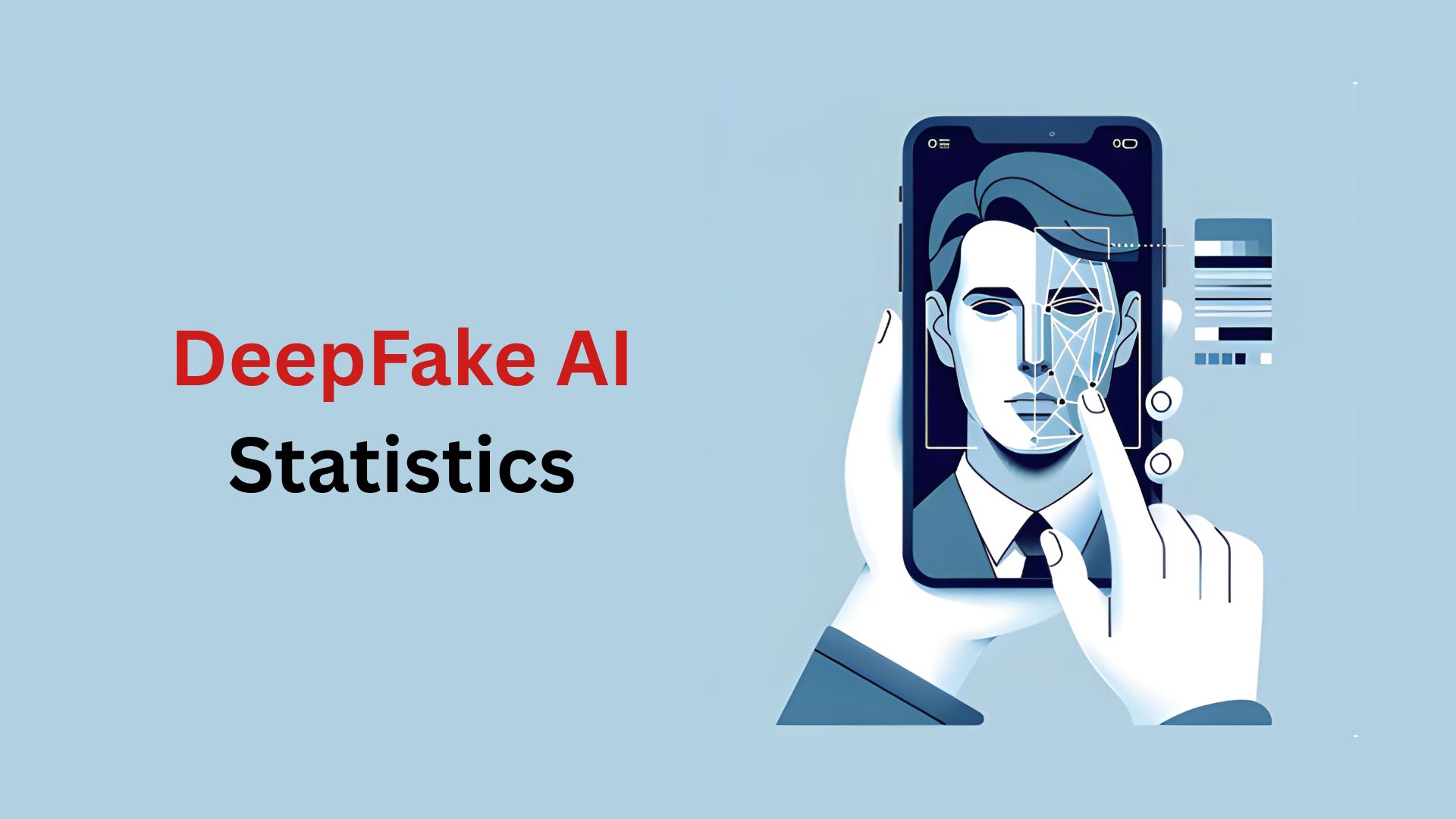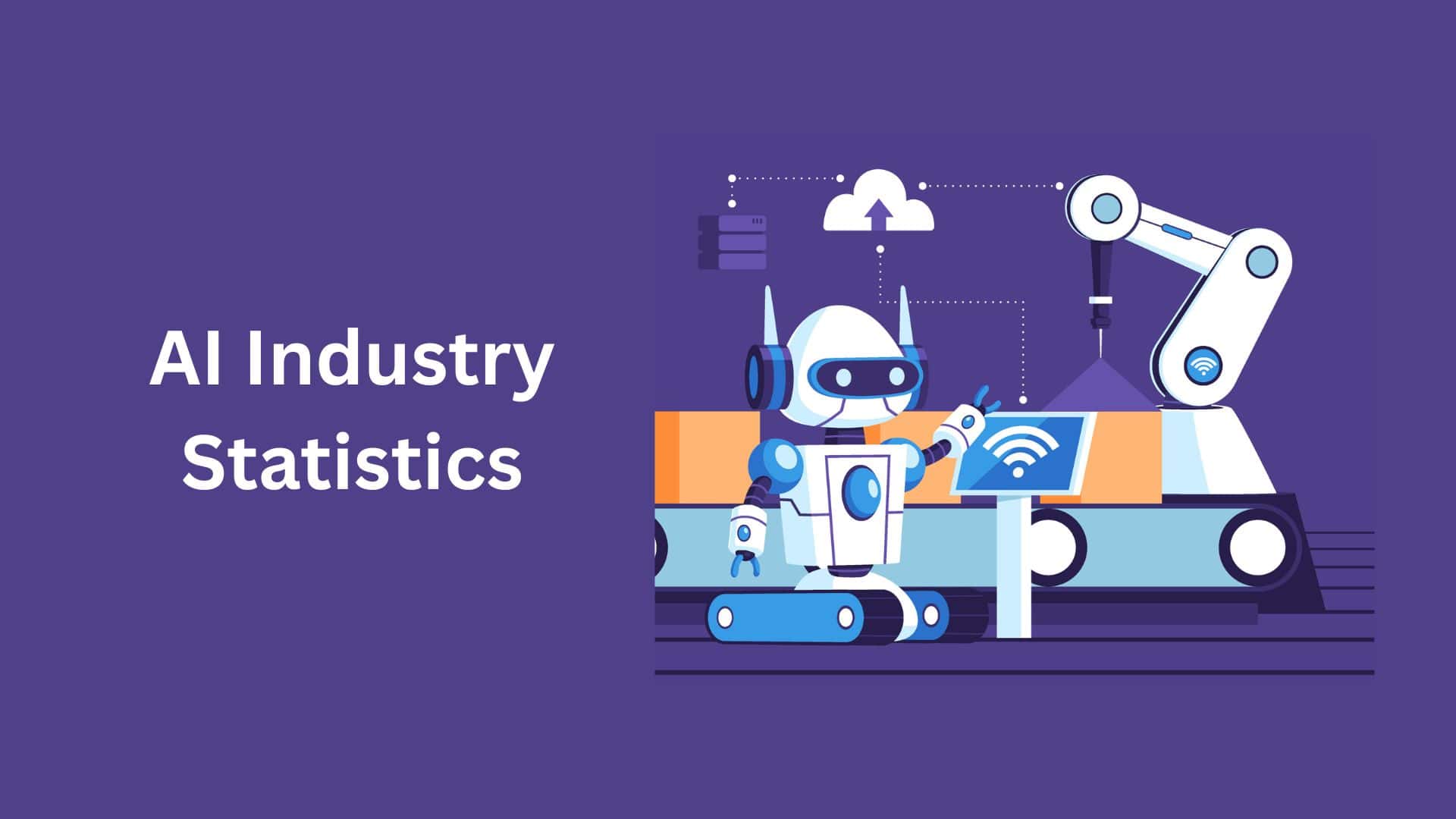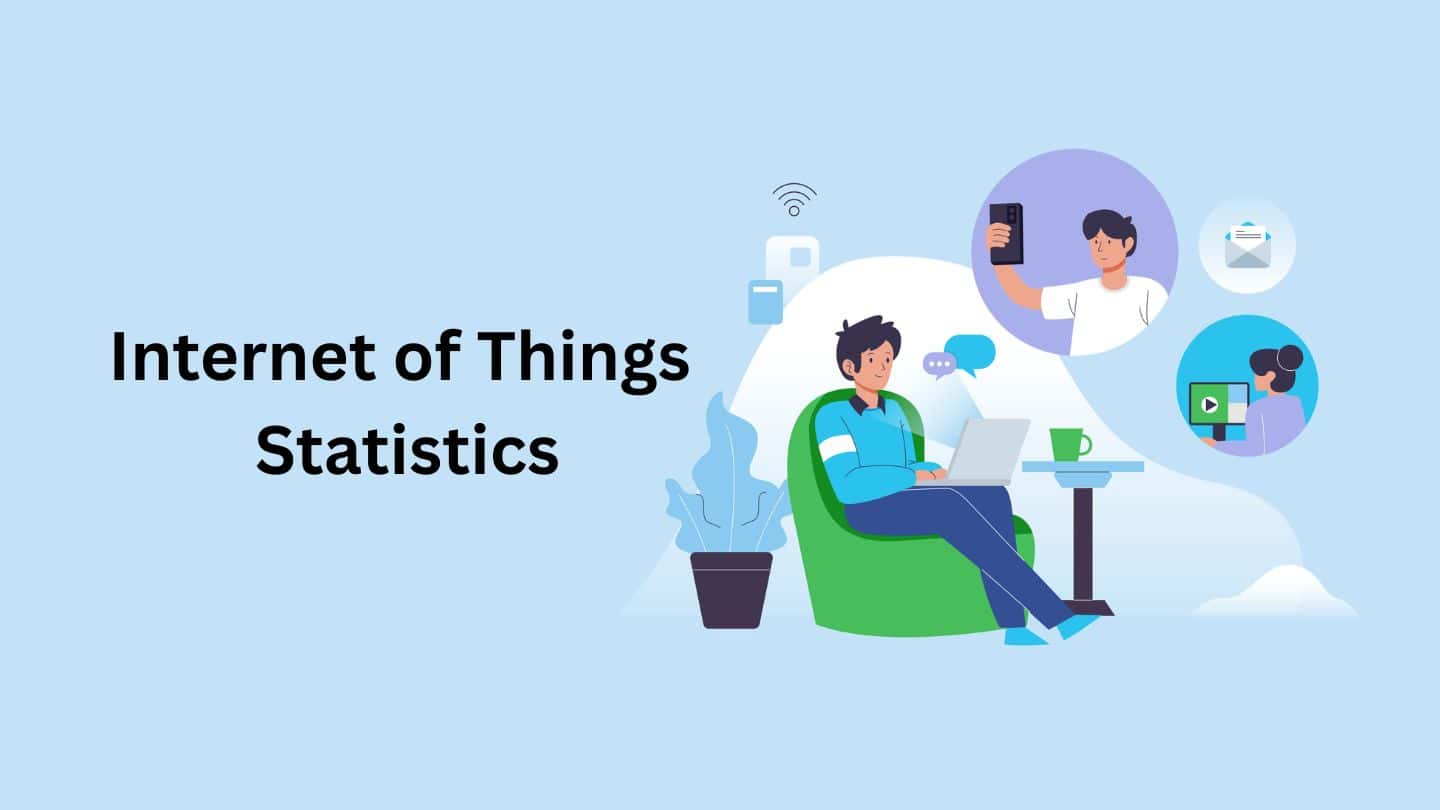Customer Experience Management Statistics and Facts (2025)

Updated · Oct 22, 2025

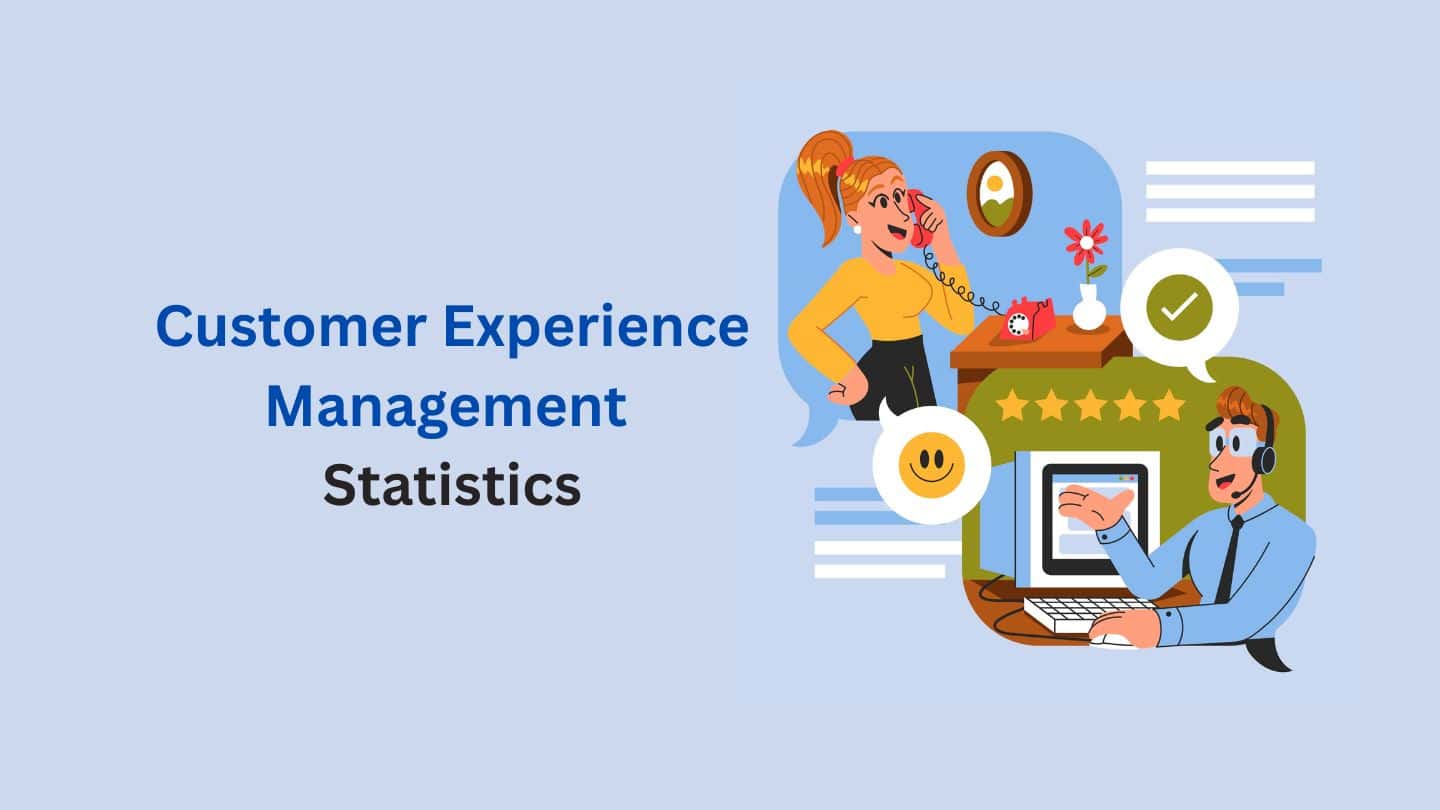
WHAT WE HAVE ON THIS PAGE
- Introduction
- Editor’s Choice
- Customer Experience Statistics
- Customer Experience Management Market Size
- Customer Experience Management Trends
- ROI and Financial Impact
- Impact of AI, Automation, and Digital CEM
- Omnichannel and Multichannel CEM
- Customer Loyalty and Churn
- Customer Preferences and the Attributes of Great CXM
- xChallenges and Gaps
- Conclusion
Introduction
Customer Experience Management Statistics: CXM has solidified its position as the single greatest competitive differentiator in the modern marketplace. It represents a change from simply managing transactions to intentionally designing, measuring, and optimizing every interaction a customer has with a brand.
A robust Customer Experience Management (CXM) strategy centers on achieving consistency, deep personalization, and effortless problem resolution across all channels and touchpoints. It requires organizational alignment, a commitment to good decision-making, and fostering a culture where every employee understands their role in the customer journey.
I’d like to explain more about customer experience management in this article, to give you all the necessary details. Let’s get started.
Editor’s Choice
- According to Market.us, the Global Customer Experience Management Market was valued at USD 14.2 billion in 2023. The market is projected to reach around USD 57.9 billion by 2033, indicating significant long-term expansion.
- The sector is projected for exponential growth, exhibiting a powerful Compound Annual Growth Rate (CAGR) of 3% through 2032, highlighting sustained confidence in the strategy’s financial returns.
- Businesses recognized as leaders in delivering exceptional customer experiences see accelerated financial performance, achieving revenue growth rates that are, on average, 7 times faster than those of competitors with lagging CX efforts.
- This stark financial contrast underscores why improving the overall customer experience is the absolute top strategic priority for 86% of customer service leaders across major industries today.
- The loyalty generated by superior service offers a massive financial benefit, as customers who rate their experience a perfect 10 out of 10 are proven to spend an astonishing 140% more with the brand.
- These top-tier loyal customers also exhibit significantly greater retention, remaining committed to the brand for up to 6x longer than less satisfied customers, boosting their lifetime value considerably.
- The risk of poor service is immediate and highly destructive to customer relationships, with a commanding 57% of consumers prepared to abandon a previously favored brand after enduring just one single unsatisfactory interaction.
- This lack of customer patience validates why an overwhelming 90% of buyers demand an immediate response to their inquiries, with speed and frictionless service now being a core expectation of modern CXM.
- Technology adoption in the sector is accelerating rapidly, with the use of Artificial Intelligence (AI) in organizational functions soaring to 72% in 2024, reflecting its new status as an operational necessity.
- Looking forward, approximately 80% of customer service organizations are expected to integrate generative AI by 2025, primarily to enhance agent productivity and efficiently automate routine interactions.
- The human element of service remains highly valued despite the rise of AI, as a significant 71% of customers still express a clear preference for interacting with a live human representative for complex or sensitive support issues.
- However, customers are also showing increased comfort with automation, with a high figure of 70% of consumers reporting satisfaction when engaging with sophisticated automated bots and virtual assistants for basic tasks.
- The customer journey has become highly fragmented across digital and physical worlds, requiring a unified strategy, as the typical customer now utilizes an average of 9 different contact points to interact with a single business.
- This complexity explains why a critical 73% of consumers insist on the ability to seamlessly switch between various communication channels without the frustrating requirement of repeating their issue or personal details.
- There is a massive economic incentive to focus on retention over acquisition, where even a strategic 5% improvement in customer retention can reliably result in a substantial profit increase exceeding 25%.
- The long-term financial case for a strong Customer Experience Management program is further supported by CX leaders achieving a remarkable 307% return on their stock performance over five years.
Customer Experience Statistics
- According to Zippia, companies that give importance to customer experience see an 80% rise in revenue.
- CX Index reports that customer-focused brands earn 60% higher profits compared to those that do not.
- As stated in the Zendesk CX Trends Report 2023, 80% of leaders aim to increase their customer service budgets within the next year.
- CX Index also noted that 90% of businesses across all industries have made customer experience their top priority.
- Forrester found that 41% of customer-obsessed firms experienced at least 10% growth in revenue during their last fiscal year, while only 10% of less mature companies achieved the same.
- Gartner revealed that organizations linking customer satisfaction with growth and profitability are 29% more likely to gain additional CX funding.
- The same report mentioned that 80% of companies expect to compete mainly through customer experience.
- PwC stated that 73% of customers view CX as the most important factor when deciding whether to buy from a brand.
- Emplifi found that 49% of customers left their preferred brand in the past year because of poor CX.
- Zendesk noted that 60% of consumers chose one brand over another based on the level of service they expected.
- Forrester observed that customers are 2.4 times more likely to stay loyal when their problems are solved quickly.
- Zendesk CX Trends Report 2023 showed that 72% of customers expect immediate assistance.
- The same report found that 64% of customers are willing to spend more when their issues are resolved on their preferred platform.
- Zendesk also highlighted that 70% of customers expect service agents to have complete context of their previous interactions.
- Accenture reported that 48% of consumers expect special treatment for being loyal customers.
- MIT Technology Review stated that 80% of executives observed clear improvements in satisfaction and service quality after adopting conversational AI.
- Deloitte projected that the conversational AI market would grow by 22% between 2020 and 2025, reaching around 14 billion dollars by 2025.
- Accenture reported that 57% of business leaders believe chatbots provide strong returns with minimal investment.
- Gartner estimated that 54% of support teams use chatbots or virtual assistants, and by 2027, about one-fourth of organizations will make chatbots their main service channel.
- IBM shared that 77% of businesses are currently using or exploring AI.
- Techjury found that AI can improve productivity by 40%.
- Zendesk noted that 72% of business leaders consider expanding AI and bots across customer experience as an important goal for the coming year.
- PwC reported that 72% of executives believe AI will become the biggest business advantage in the future.
- Zendesk also mentioned that 68% of leaders are planning to raise their investments in AI.
Customer Experience Management Market Size
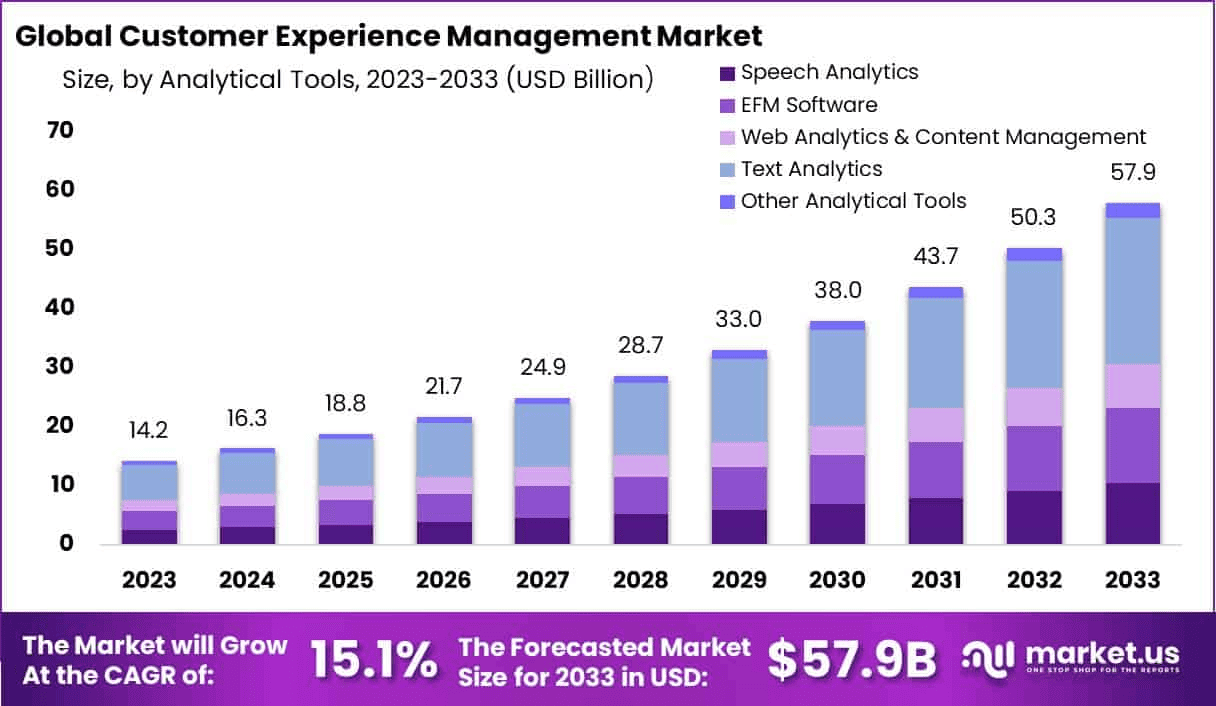
- According to Market.us, the Global Customer Experience Management Market is projected to reach USD 57.9 billion by 2033, increasing from USD 14.2 billion in 2023, with a strong CAGR of 15.1% during 2024 to 2033.
- In 2023, North America held a leading position in the market, accounting for 38.9% of the total share and generating about USD 5.5 billion in revenue.
- In March 2024, Adobe Inc. introduced a new suite of tools designed to improve enterprise-level Customer Experience Management. The launch combined generative AI and real-time analytics to help businesses offer more personalized interactions.
- Significant growth opportunities exist in cloud-based solutions, which are valued for their scalability and flexibility, making them suitable for both large enterprises and smaller organizations.
- Emerging markets also present untapped potential, as companies in these regions are beginning to integrate advanced strategies for customer engagement and retention.
- Based on HubSpot data, around 31% of customer service leaders have made improving customer retention and loyalty their main priority, recognizing it as a direct way to increase long-term profitability.
- Understanding changing customer needs remains a major challenge, as businesses continue to adjust their services to meet fast-evolving expectations.
- Around 86% of professionals acknowledge that artificial intelligence has a strong impact on improving customer experience, supporting faster, more personalized, and data-driven responses.
- About 71% of service leaders plan to raise their spending on AI chatbots, seeking ways to provide faster and more reliable assistance to users.
- Nearly 55% of customers prefer self-service support, choosing to resolve issues independently rather than contacting agents, which highlights growing demand for accessible and intuitive service platforms.
- AI chatbots and live chat channels remain among the most frequently used tools, helping customers receive immediate answers.
- Around 34% of customer service leaders are planning to invest in mobile applications to improve direct access and support services for customers.
- As business operations expand, 85% of leaders report noticeable progress in scaling customer service teams efficiently to meet rising demand.
- The Text Analytics segment held a dominant 42.7% share in 2023, showing its importance in understanding and interpreting customer feedback.
- The Call Centers segment captured about 33.4% of the market in 2023, reinforcing its role as a key communication channel for enterprises.
- The On-Premise deployment model accounted for 61.3% of the total market share in 2023, reflecting continued reliance on traditional, secure in-house systems.
- The Retail industry led the market, securing 26.2% of the overall share, driven by its focus on improving personalized shopping experiences and loyalty programs.
| Market Value (2024) | $19.34 Billion |
| Projected CAGR |
17.3% (through 2032) |
|
Dominant Region |
North America (41.01% revenue share) |
|
Largest Tech Focus |
Analytics/Insights (41.2% market share) |
| Leading Industry |
IT and Telecom (23.29% revenue share) |
Customer Experience Management Trends
- According to recent studies, 9% of companies now view customer experience as a direct source of revenue instead of just an operational expense.
- In the United States, 74% of consumers reported poor customer service experiences in 2022, showing an 8% rise from 2021.
- Customer satisfaction fell during the pandemic, as the American Customer Satisfaction Index recorded 73.4 points in the fourth quarter of 2022.
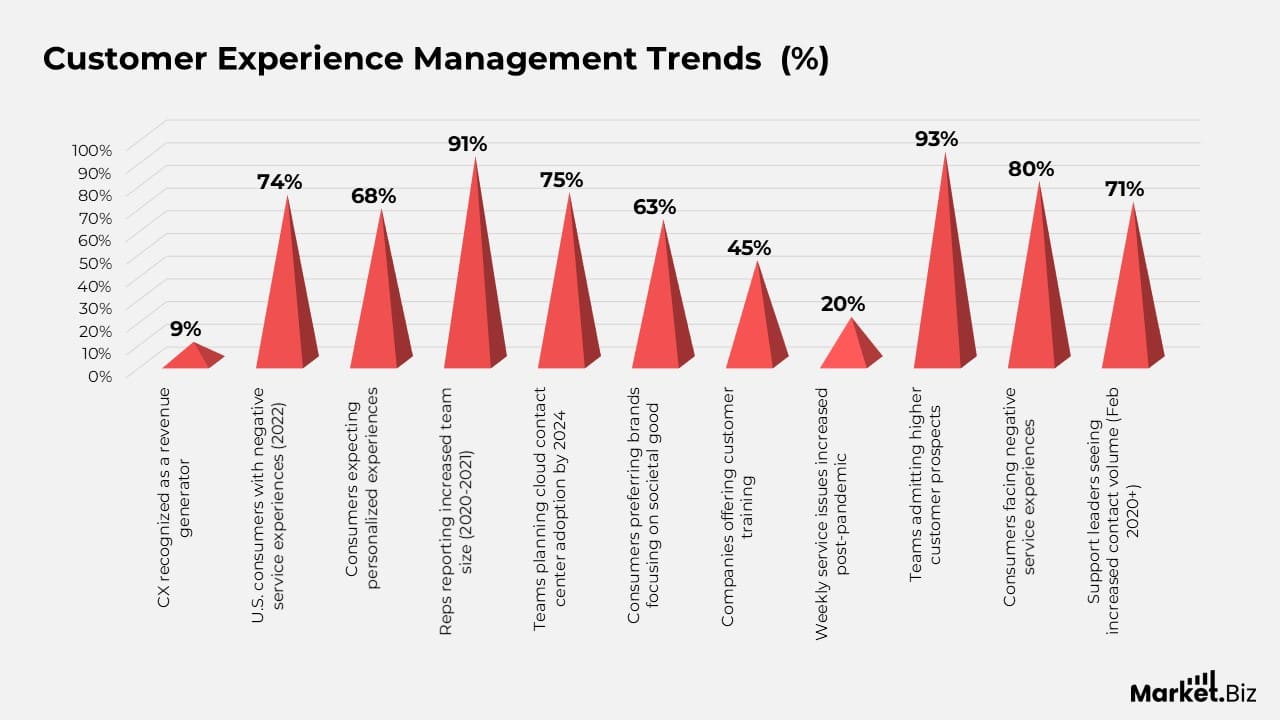
(Source: Market.Biz)
- Fraud targeting consumers has become widespread, with over $10 billion lost to scams in 2023, reducing overall trust in new or unfamiliar brands.
- Around 68% of consumers now expect brands to deliver personalized experiences in every interaction, including customer support.
- Nearly 91% of customer service representatives confirmed that their teams grew in size between 2020 and 2021, showing higher investment in customer experience.
- The move toward cloud-based systems gained momentum, with 75% of customer service teams planning to use cloud contact centers by 2024.
- About 63% of consumers are more likely to choose brands that promote social good and collective welfare.
- Only 45% of companies provide training for their customers, though most agree it improves client relationships.
- Since the pandemic began, the number of weekly customer service issues has grown by 20%.
- Almost 93% of customer service teams reported that customer expectations are now higher than ever before.
- Roughly 80% of consumers continue to experience poor customer service and want better pricing, improved products, and easy-to-use interfaces.
- Nearly 71% of customer support leaders have seen a rise in contact volume since February 2020, and many expect this growth to continue.
ROI and Financial Impact
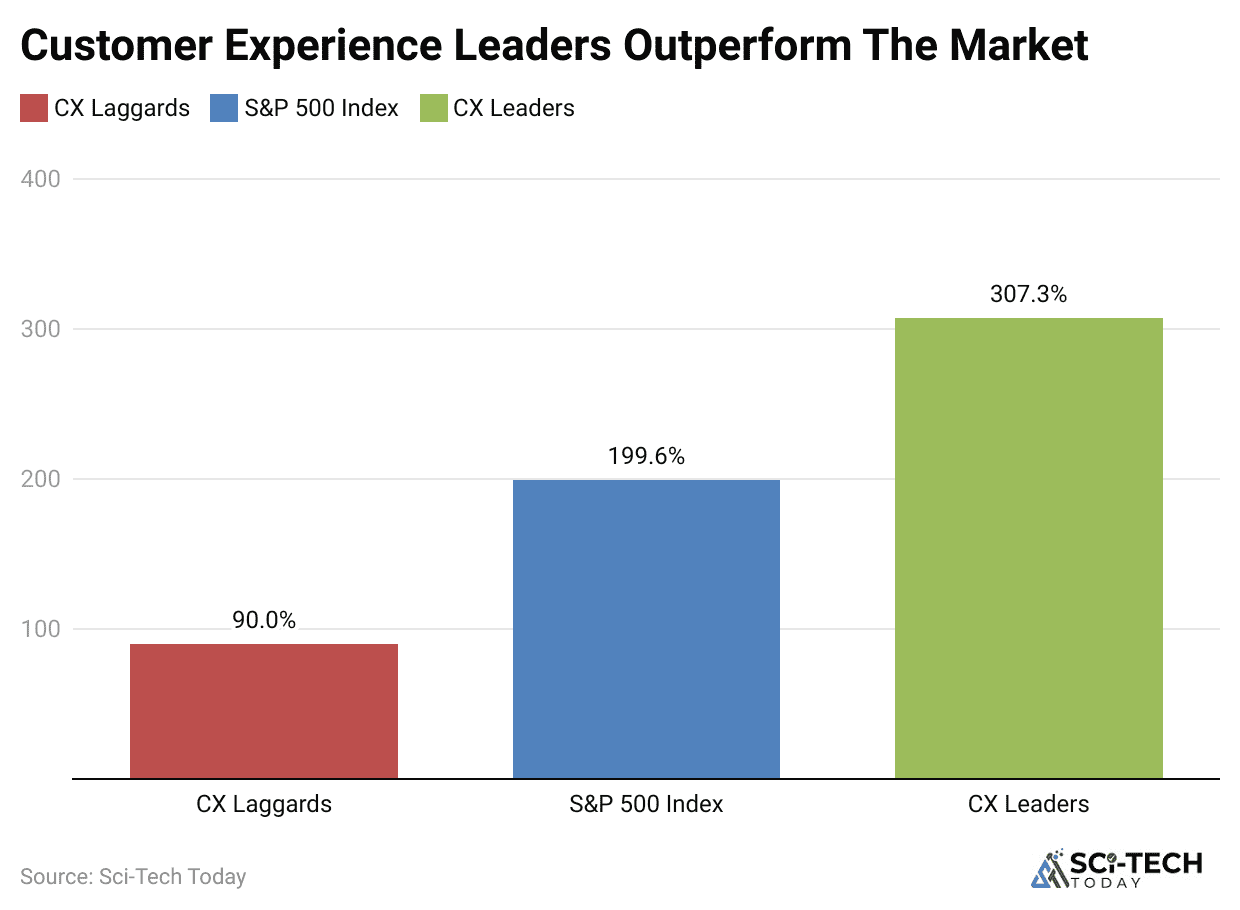
- Companies deemed CX leaders achieve an astonishing 307% return on their stock performance over five years, dramatically outperforming the S&P 500 Index in the same timeframe.
- For every $1 spent on a CX initiative, the average return can be as high as $3, demonstrating that investments in improving the customer journey are highly efficient capital expenditures.
- A modest but strategic 5% improvement in customer retention can result in a profit increase that exceeds 25%.
- Organizations that actively link customer satisfaction to growth, margin, and profitability metrics are 29% more likely to attract additional internal funding for their CXM programs successfully.
- The willingness to pay a premium for a superior experience is consistent, with customers on average prepared to spend a 16% price premium for products and services from brands that provide outstanding CX.
- The total cost of poor customer service is devastating; estimated that U.S. companies collectively lose $1.6 trillion due to customers taking their business elsewhere after an unsatisfactory service encounter.
| Stock Performance | CX leaders achieve 307% return over 5 years. |
| Customer Spend | Loyal customers spend 140% more. |
| Profit Growth | 5% retention boost yields >25% profit increase. |
| Willingness to Pay | Customers will pay a 16% premium for great CX. |
| Cost of Poor CX | $1.6 trillion is lost annually in the U.S. |
Impact of AI, Automation, and Digital CEM
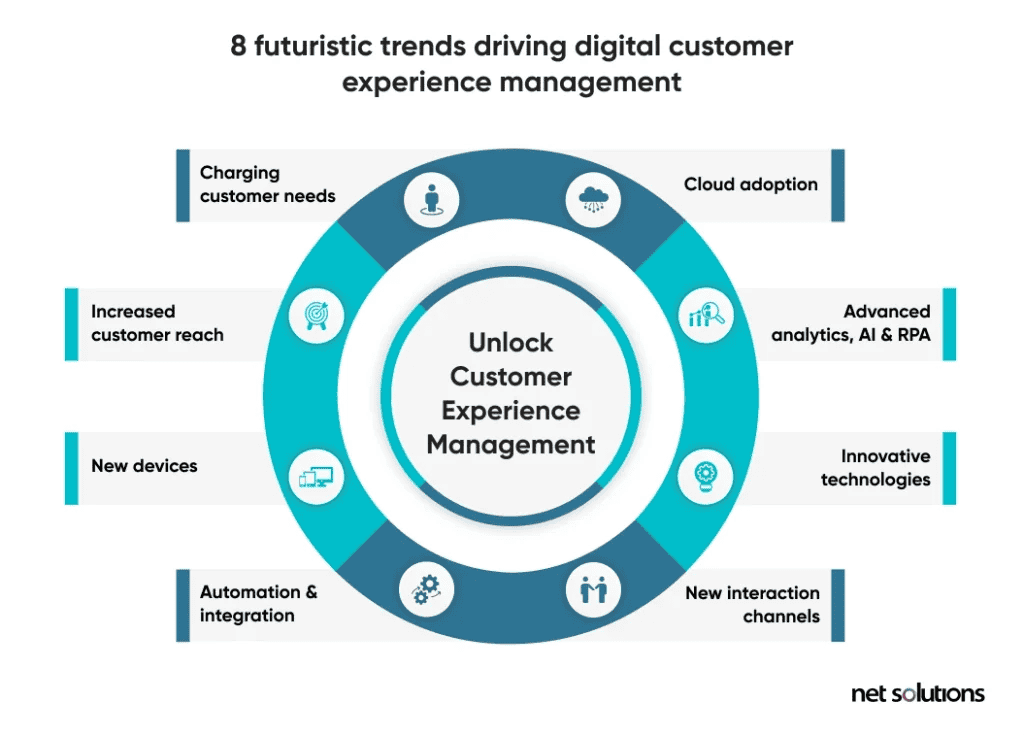
- The adoption of Artificial Intelligence (AI) in organizational operations has soared, jumping from a steady 50% in previous years to a dramatic 72% in 2024.
- Looking ahead, approximately 80% of customer service and support organizations are anticipated to adopt generative AI technologies by 2025.
- When it comes to customer self-service, industry leaders overwhelmingly acknowledge the potential of AI, with a high figure of 94% recognizing its capability to significantly enhance the self-help experience.
- A substantial 70% of consumers now report feeling comfortable or even satisfied interacting with sophisticated automated bots and virtual assistants.
- Chatbot adoption is expected to reach an impressive 80% among customer service organizations by 2025.
- Organizations have seen a clear return on early AI investment, with 80% of executives reporting demonstrable improvements in customer satisfaction.
| AI Adoption | Jumped to 72% in 2024. |
| GenAI Forecast | 80% of support teams are expected to adopt by 2025. |
| Customer Comfort | 70% of consumers are comfortable with bots. |
| Chatbot Reach | Expected to hit 80% adoption by 2025. |
| Voice/Text Analytics | Used by 41% of leaders. |
Omnichannel and Multichannel CEM
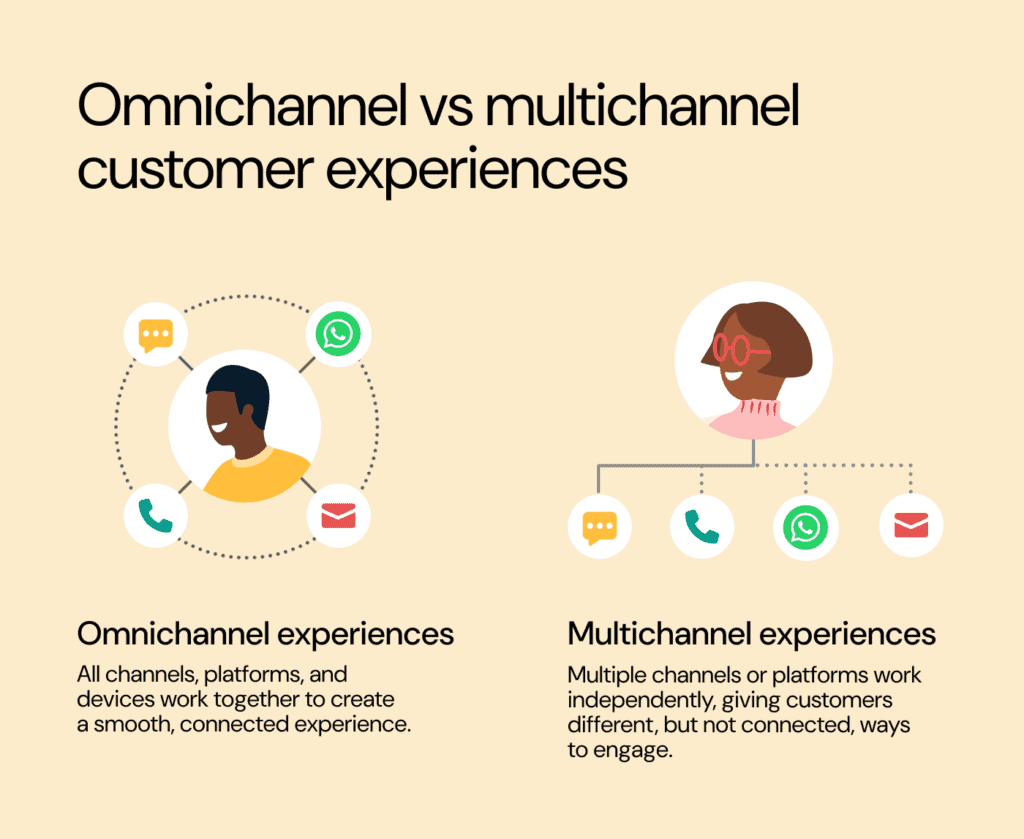
- The typical customer utilizes an average of nine different contact points to fully interact with a business, with a majority of those interactions, about 60%, now occurring entirely through digital channels.
- A significant percentage of consumers, 73%, express a high desire to be able to seamlessly switch between various communication channels during a single interaction without having to repeat their context or information.
- Companies that successfully implement top-tier omnichannel strategies see compelling financial uplift, including a 10% YoY growth, a 10% increase in average order value, and a 25% surge in close rates.
- Despite the overwhelming business case, only a mere 8% of companies report having fully integrated communication channels, meaning a vast 70% still lack truly connected channels for a holistic customer view.
- A majority of customers, 77%, expect that internal teams within a company will collaborate efficiently behind the scenes.
- The desire for seamless engagement is particularly strong on digital platforms, with 62% of customers expressing a wish to utilize a variety of digital channels when engaging with a brand for service or support needs.
| Average Touchpoints | 9 channels used per customer. |
| Digital Dominance | 60% of interactions are digital. |
| Seamless Handoff | 73% of consumers demand it. |
| Business Uplift | 10% YoY growth from top strategies. |
| Internal Efficiency | 77% expect internal teams to collaborate. |
Customer Loyalty and Churn
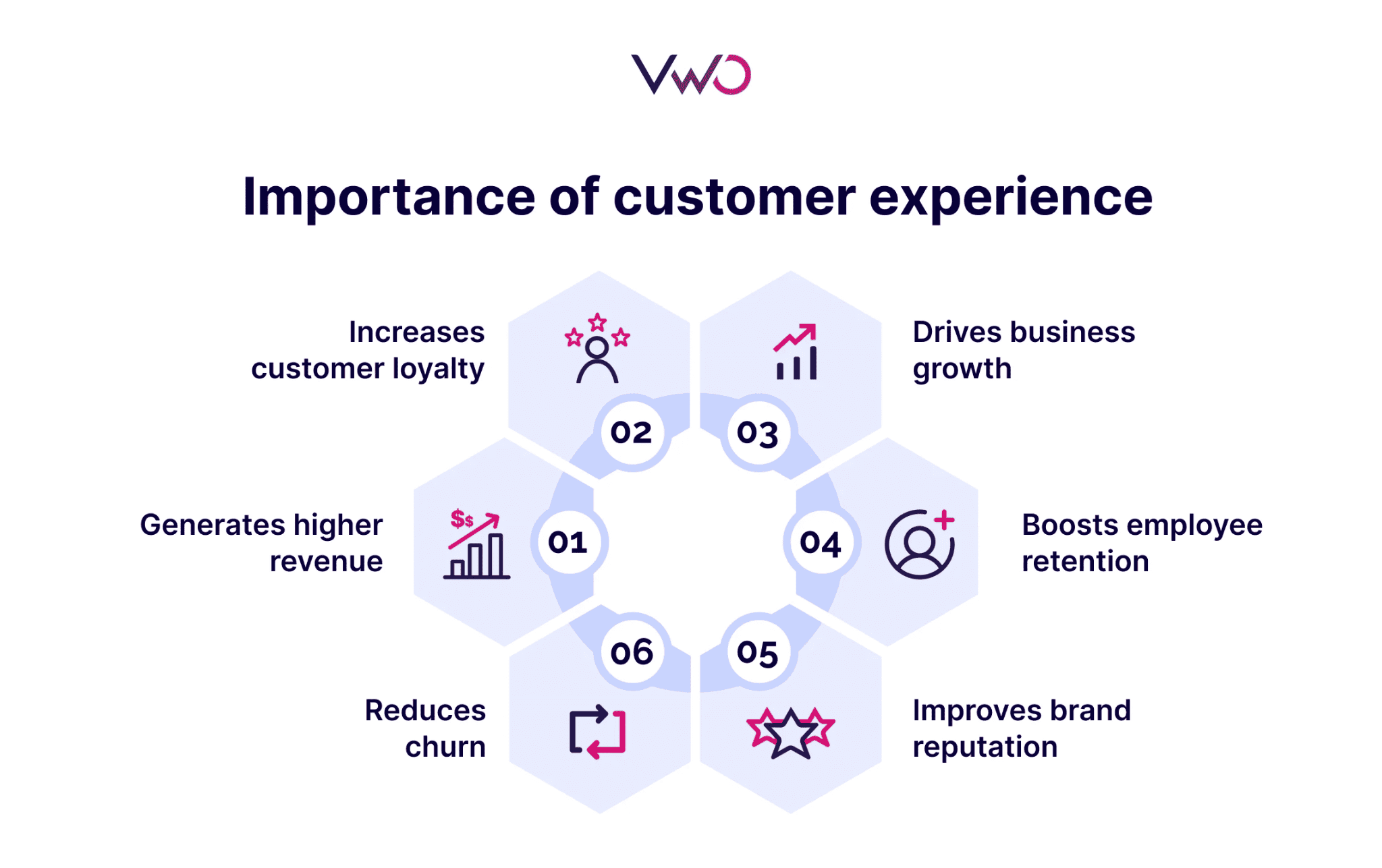
- Customer loyalty is extremely valuable, as individuals who are considered brand advocates are five times more likely to make repeat purchases and four times more likely to refer the company to friends or family.
- A negative experience is a major driver of defection, with a significant 49% of customers who left a previously loyal brand in the past year citing poor CX as the definitive reason for their decision.
- Consumers are actively making purchase decisions based on expected service quality, with 60% of consumers choosing one brand over another specifically due to the superior service they anticipate receiving.
- Following a positive support experience, a high number of customers, nearly 79%, indicate that they would enthusiastically recommend the company to others.
- In contrast, after experiencing a negative interaction, a substantial 65% of customers have already demonstrated that they will cut or reduce their spending with the company that failed to meet their CX standards.
- The importance of speed in problem resolution cannot be overstated, as customers are 2.4 times more likely to remain loyal to a brand when their complex issues and problems are solved quickly and efficiently.
| Retention vs. Loss | 65% of customers cut spending after bad CX. |
| Advocate Value | Loyal customers are 5x more likely to repurchase. |
| Purchase Driver | 60% choose based on expected service. |
| Word-of-Mouth | 79% would recommend it after a positive experience. |
| Reason for Leaving | 49% of leavers cite poor CX. |
Customer Preferences and the Attributes of Great CXM
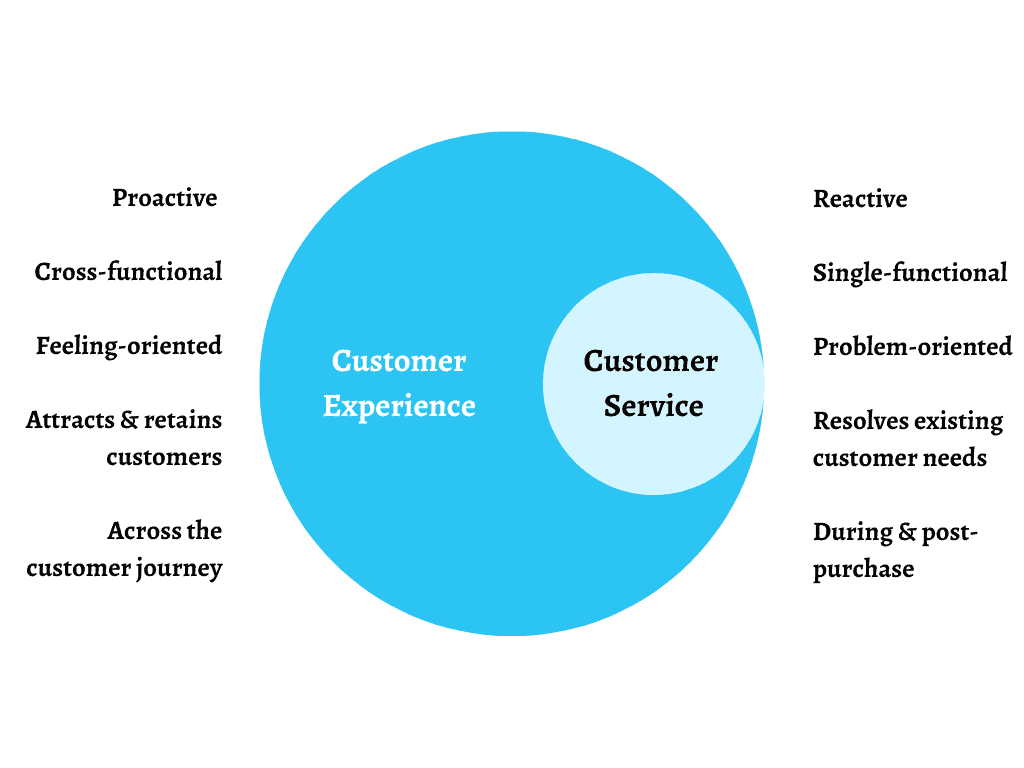
- The most crucial attribute customers look for is speed, with an overwhelming 75% of customers explicitly stating that receiving a quick answer and prompt assistance is their top-ranked priority.
- Following speed, consistency across all channels holds significant weight, with 55% of customers valuing a seamless and uniform experience.
- The human element remains critical, as 52% of customers consider the agent’s knowledge and expertise to be a non-negotiable component of a positive service interaction.
- Furthermore, 62% of customers report that they would actually opt for a personalized customer experience over an interaction that might take less time.
- The clarity of communication is also highly valued, as 46% of customers demand clear and consistent messaging.
- A substantial portion of customers, 42%, are willing to pay a premium simply for a pleasant and welcoming experience.
| Speed/Response Time | 75% rank it as most crucial. |
| Channel Consistency | 55% value a uniform experience. |
| Agent Knowledge | 52% consider it crucial. |
| Willingness for Personalization | 62% prefer personalization over speed. |
| Emotional Connection | 42% pay more for a pleasant experience. |
xChallenges and Gaps
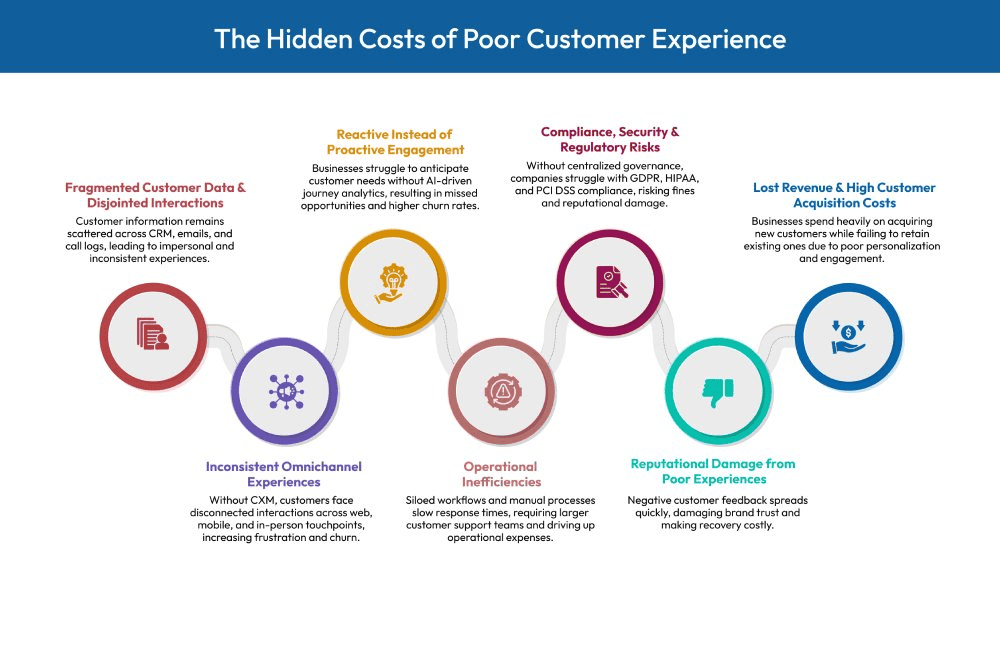
- Shockingly, in 2022, only a dismal 3% of U.S. companies were classified as truly customer-focused, representing a worrying 7% decrease from the previous year’s already low figure.
- A significant majority of customers, 71% of Americans, still report a clear preference for interacting with a live human representative over navigating complex automated self-service systems.
- The feeling of being treated impersonally is widespread, with 56% of customers believing that most companies view them as nothing more than a number or a data point, lacking personalized engagement.
- A glaring operational failure persists, as a high number of companies, 62%, routinely fail to provide any response whatsoever to customer service emails.
- Customer patience has deteriorated notably, with 39% of consumers acknowledging that their tolerance for service issues is significantly reduced compared to the pre-pandemic era.
- In one of the most frustrating scenarios, a considerable 61% of consumers have admitted to hanging up during a phone conversation with an agent.
| Customer-Focused Firms | Only 3% of U.S. companies in 2022. |
| Human Preference | 71% prefer human agents. |
| Perception of Impersonality | 56% feel treated like a number. |
| Email Failure Rate | 62% of companies ignore service emails. |
| Reduced Patience | 39% have less tolerance than before. |
Conclusion
Overall, CX is the most powerful and reliable indicator of future business performance. The days of price and product being the primary differentiators are behind us. Today, the winners are determined by those who meticulously design and consistently deliver superior experiences.
From a market value and accelerating revenue growth for CX leaders, to the punishing financial loss inflicted by just a single poor interaction. Investing in Customer Experience Management yields higher profits, fosters unbreakable loyalty, and transforms a brand’s most valuable asset, its customers, into its most effective salesforce. I hope you guys like this article,. If you have any questions, kindly let us know. Thanks for staying up till the end.
Sources
FAQ.
The most powerful financial metric is arguably the difference in growth rate: companies that are recognized leaders in Customer Experience Management consistently achieve revenue growth that is, on average, 1.7 times faster than that of their industry competitors. Furthermore, these CX-leading companies also achieve a 307% return on their stock performance over five years, dramatically outperforming the S&P 500 Index in the same timeframe.
The consequences of poor service are immediate and severe: a significant 57% of customers are prepared to abandon a brand they were previously loyal to after suffering just one bad experience. The risk dramatically escalates after subsequent failures, as nearly 86% of consumers will definitely leave a brand after only two or three negative service interactions.
Customers are consistently willing to pay a premium for exceptional service, with individuals on average prepared to spend a 16% price premium for products and services from brands that deliver an outstanding experience. This willingness to pay more is highly correlated with loyalty, as customers who rate a brand’s experience a perfect 10/10 spend an impressive 140% more over their lifetime.
Speed is the non-negotiable expectation for modern CXM, with an overwhelming 75% of customers explicitly stating that receiving a quick answer and prompt assistance is their top-ranked priority. This necessity is also reflected in digital channels, where 90% of consumers consider an immediate response to be critical when they reach out with a support inquiry.
Artificial Intelligence is fundamentally reshaping the strategy, with approximately 80% of all customer service and support organizations anticipated to adopt generative AI technologies by 2025. This massive adoption is aimed squarely at increasing agent productivity and automating routine interactions, with 94% of industry leaders recognizing AI’s essential role in significantly enhancing customer self-service capabilities.
The most significant operational hurdle remains system silos, despite the clear customer demand for consistency; only a mere 8% of companies report having fully integrated communication channels across their organization. This disconnect is felt acutely by customers, as 73% expect to move seamlessly between channels (like phone and chat) without ever having to repeat their issue to a different representative.
The financial benefit of retention is remarkably high: a modest but strategic 5% improvement in customer retention can reliably result in a substantial profit increase that often exceeds 25%. This dramatic return is due to loyal customers requiring significantly lower costs to serve and being five times more likely to make repeat purchases than newly acquired customers.

Rohan is a senior editor at Sci-Tech Today with extensive knowledge of digital marketing, SEO, and social media optimization (SMO). He is skilled at creating and editing detailed articles filled with accurate statistics that readers find valuable. As a senior editor, Rohan carefully reviews and quality-checks content from multiple writers before it is published. Additionally, he creates infographics to accompany the statistics, making the information easier to understand and more engaging for readers. Rohan's dedication ensures that Sci-Tech Today delivers high-quality and informative content to its audience.
